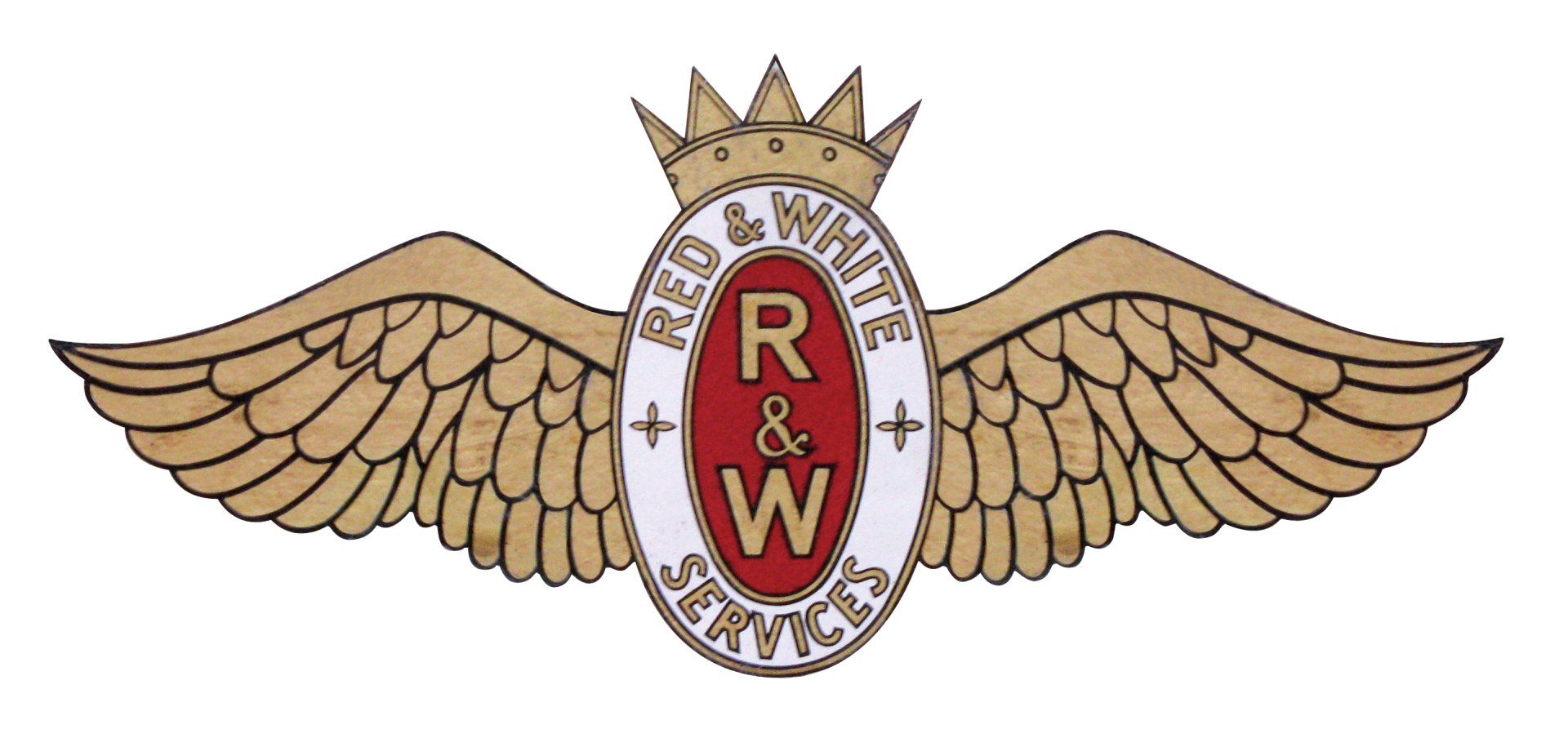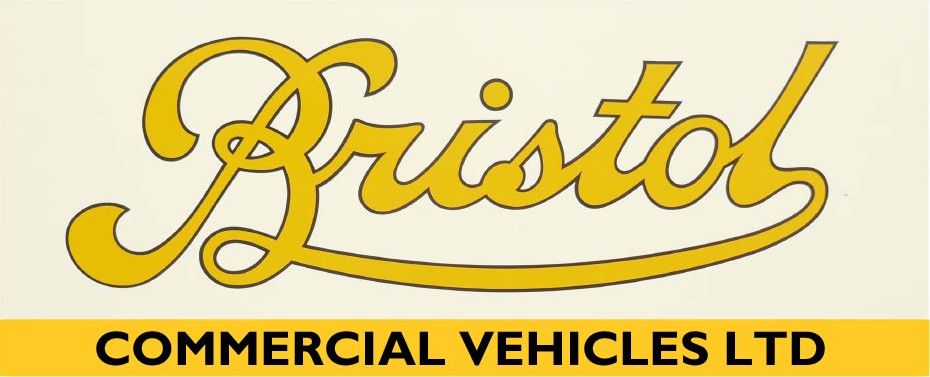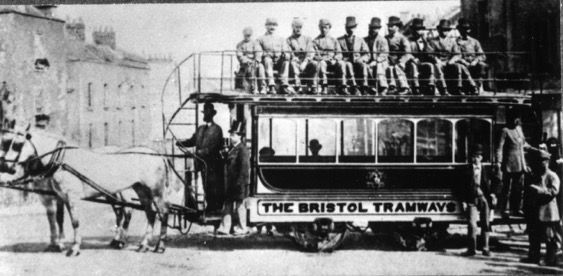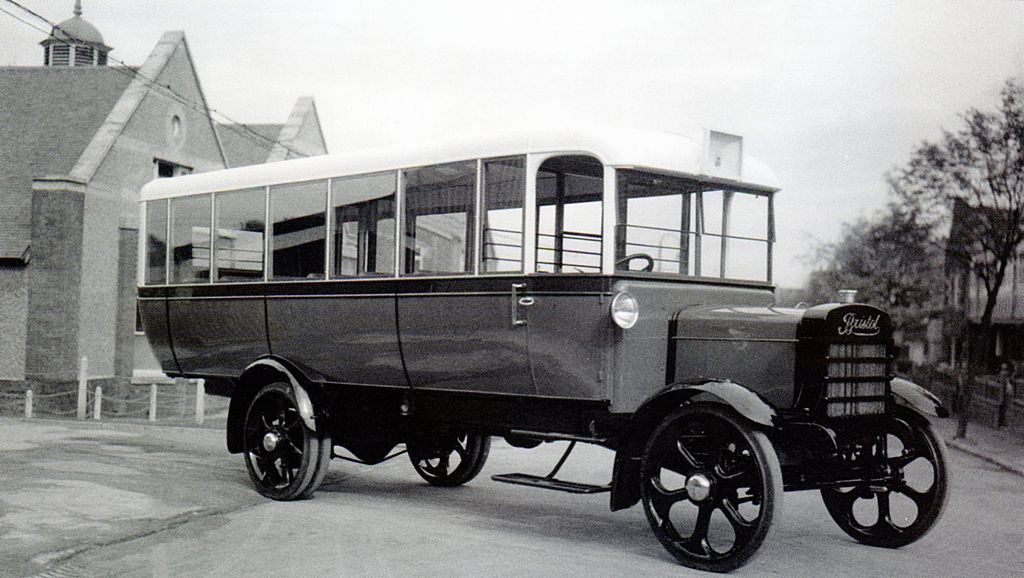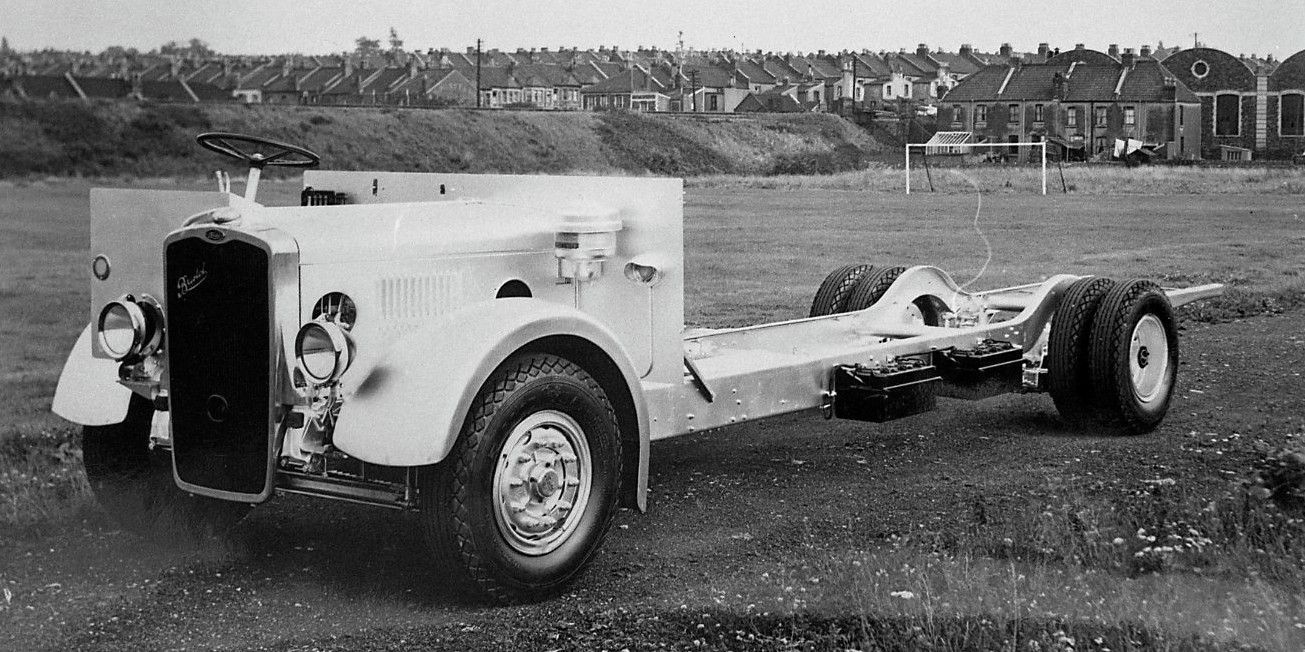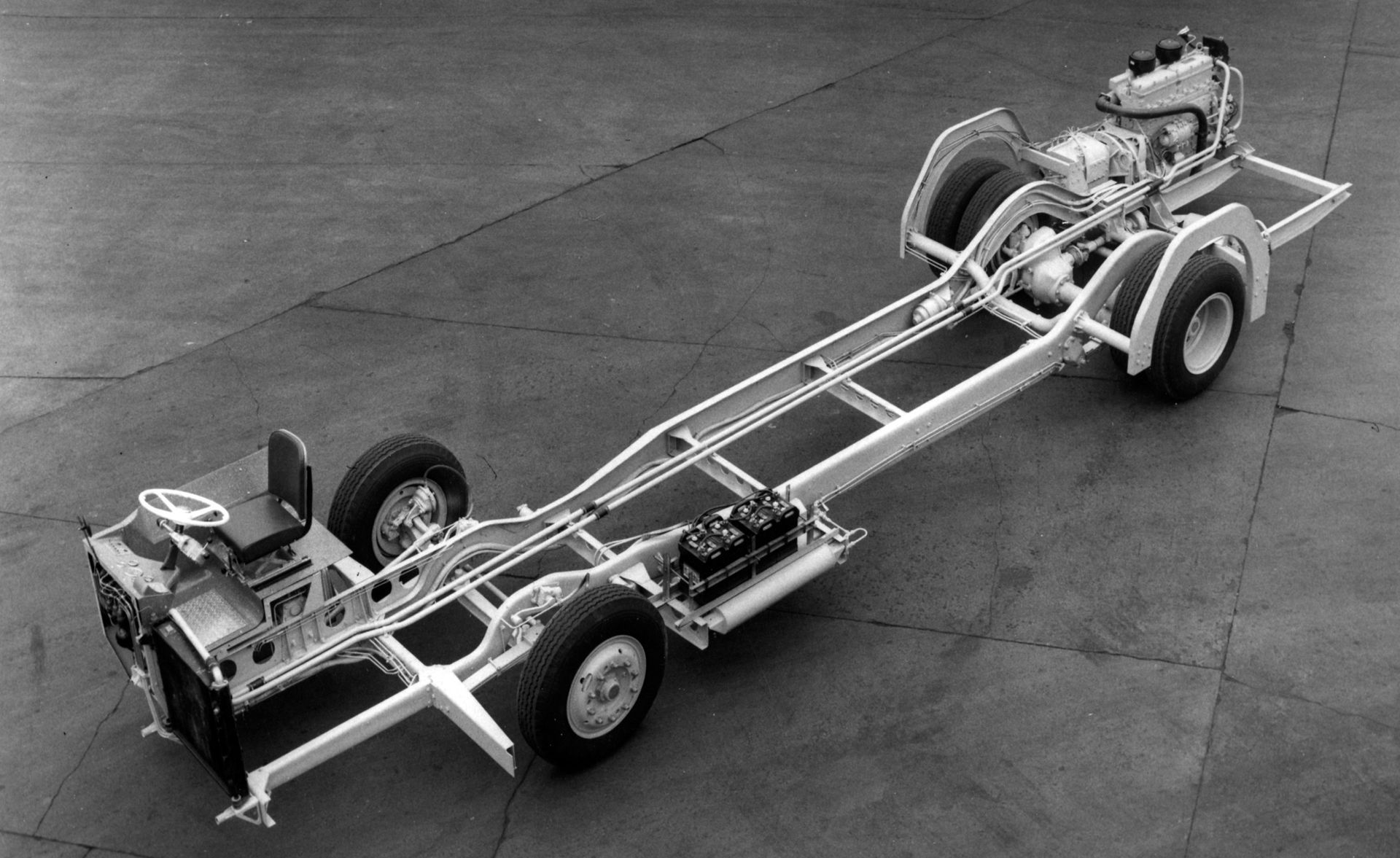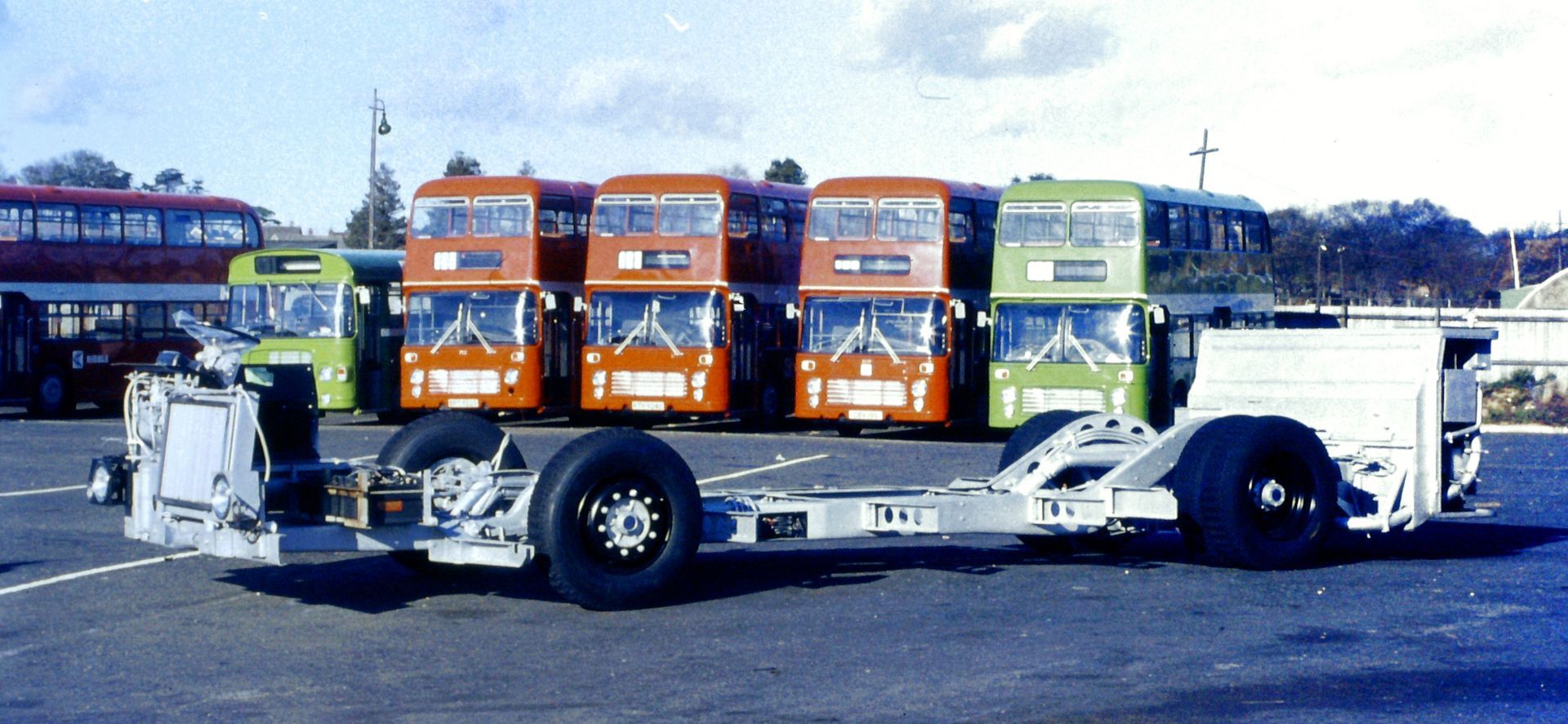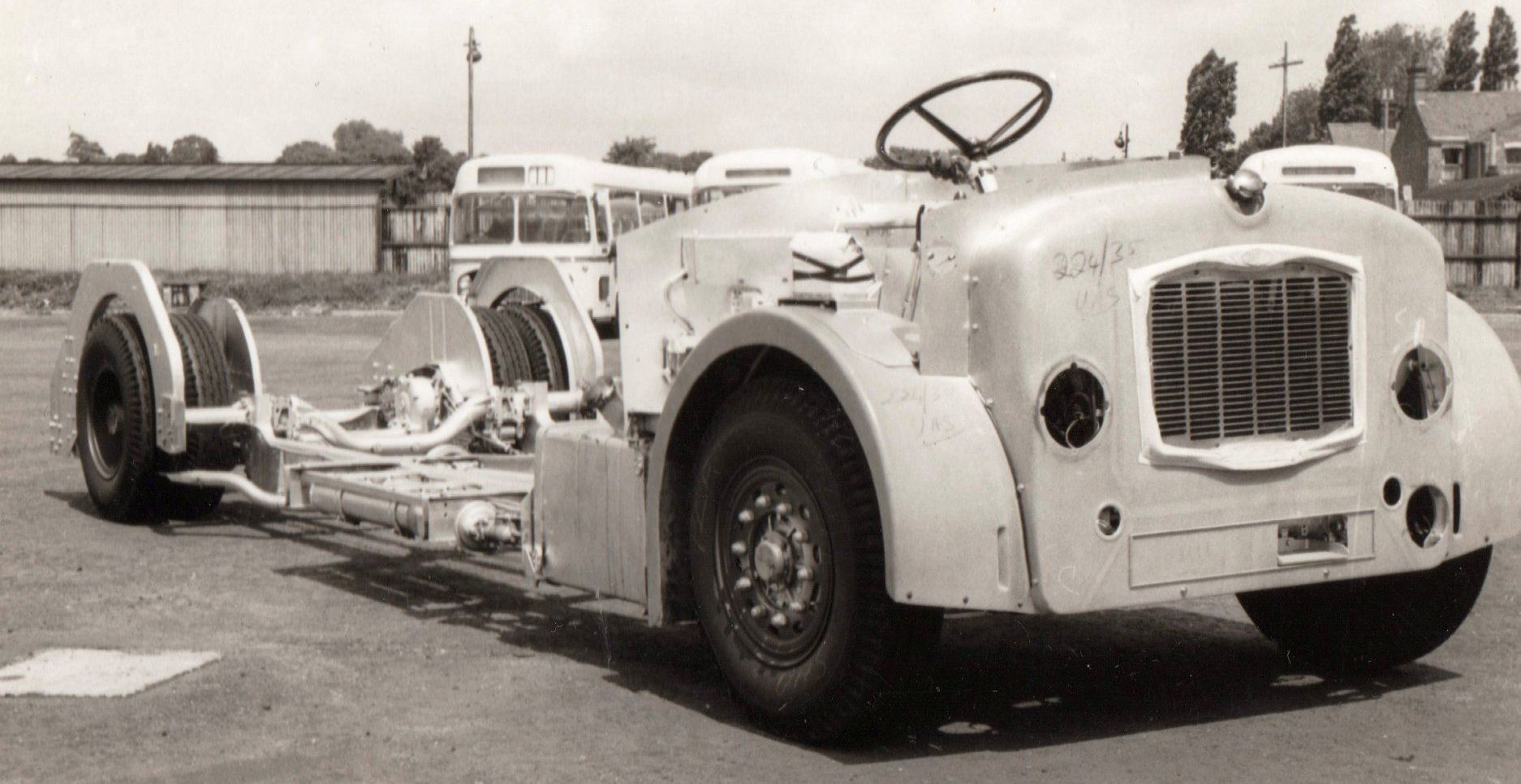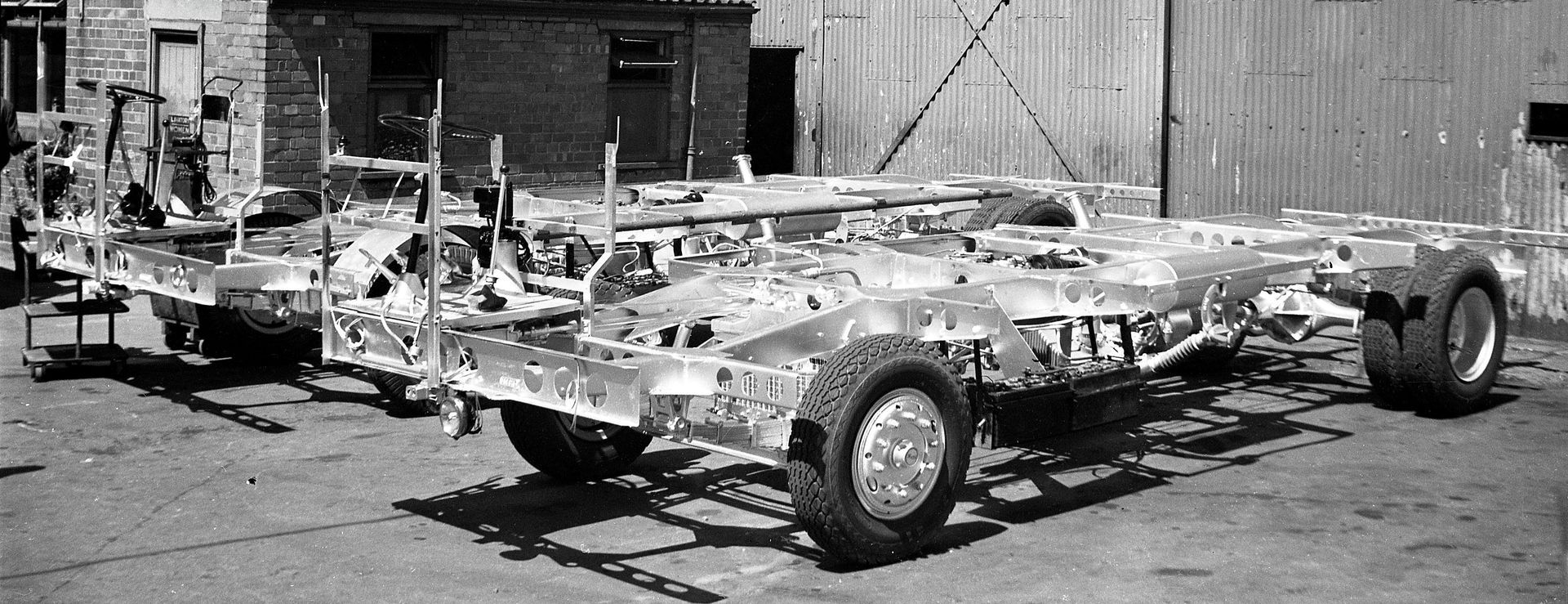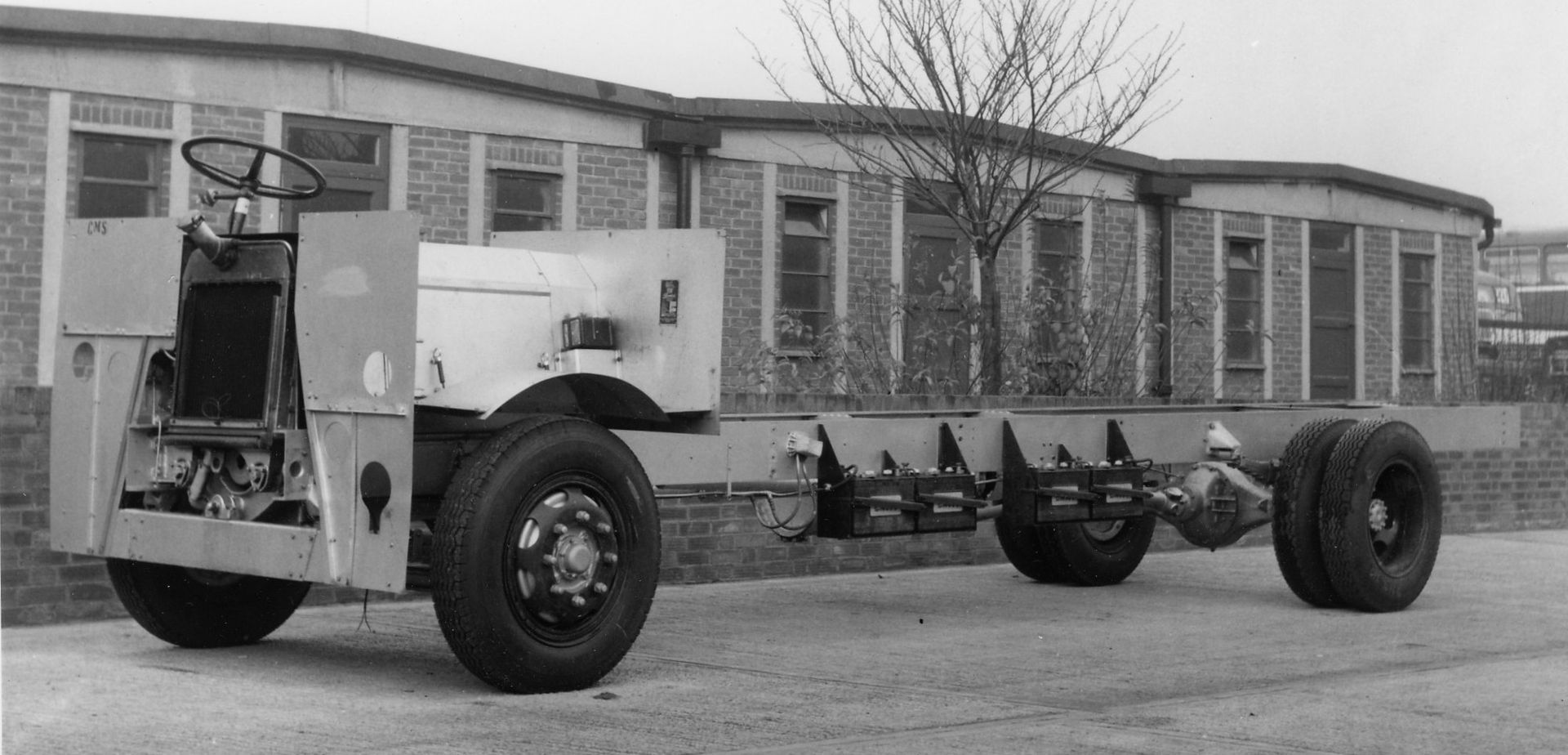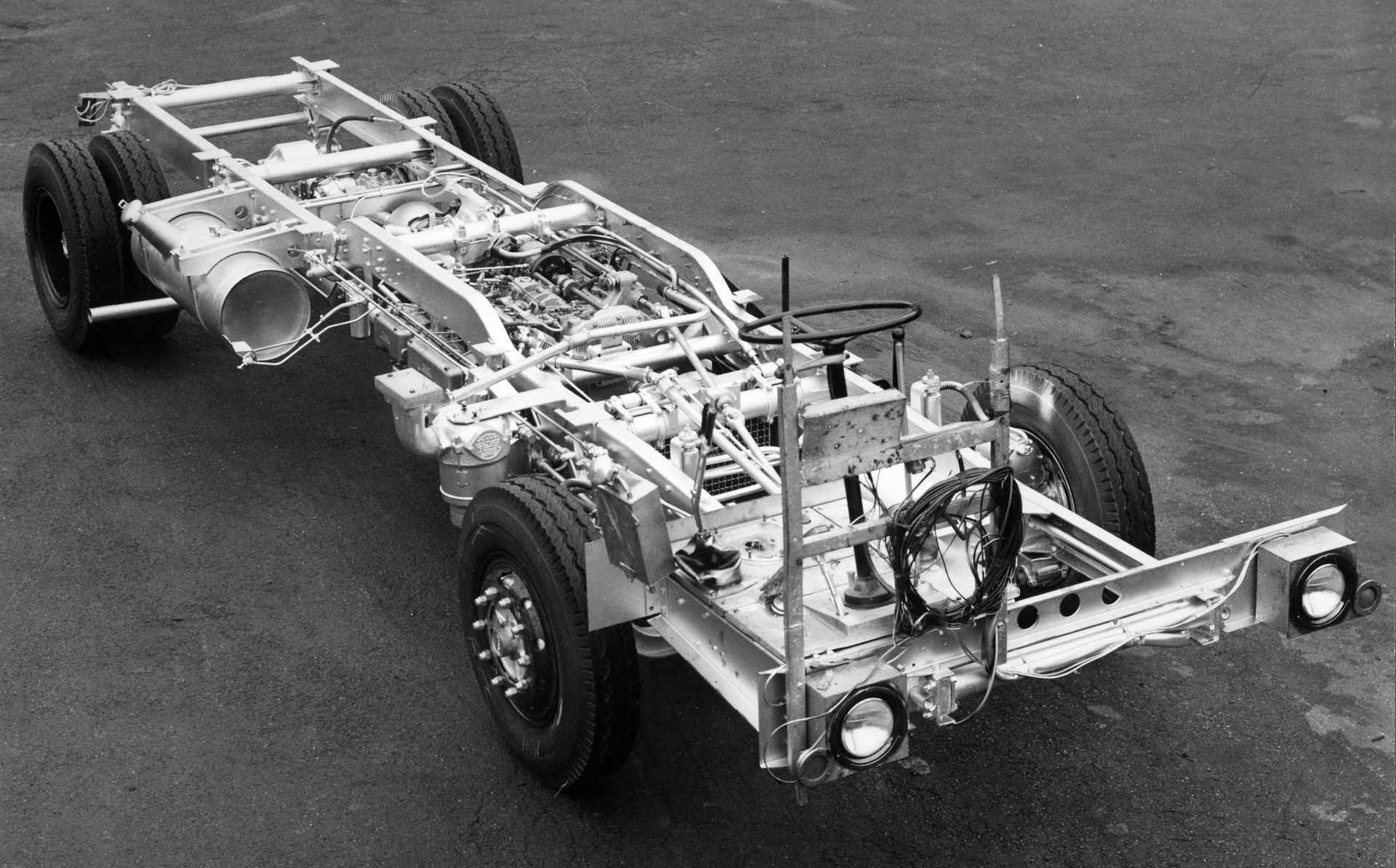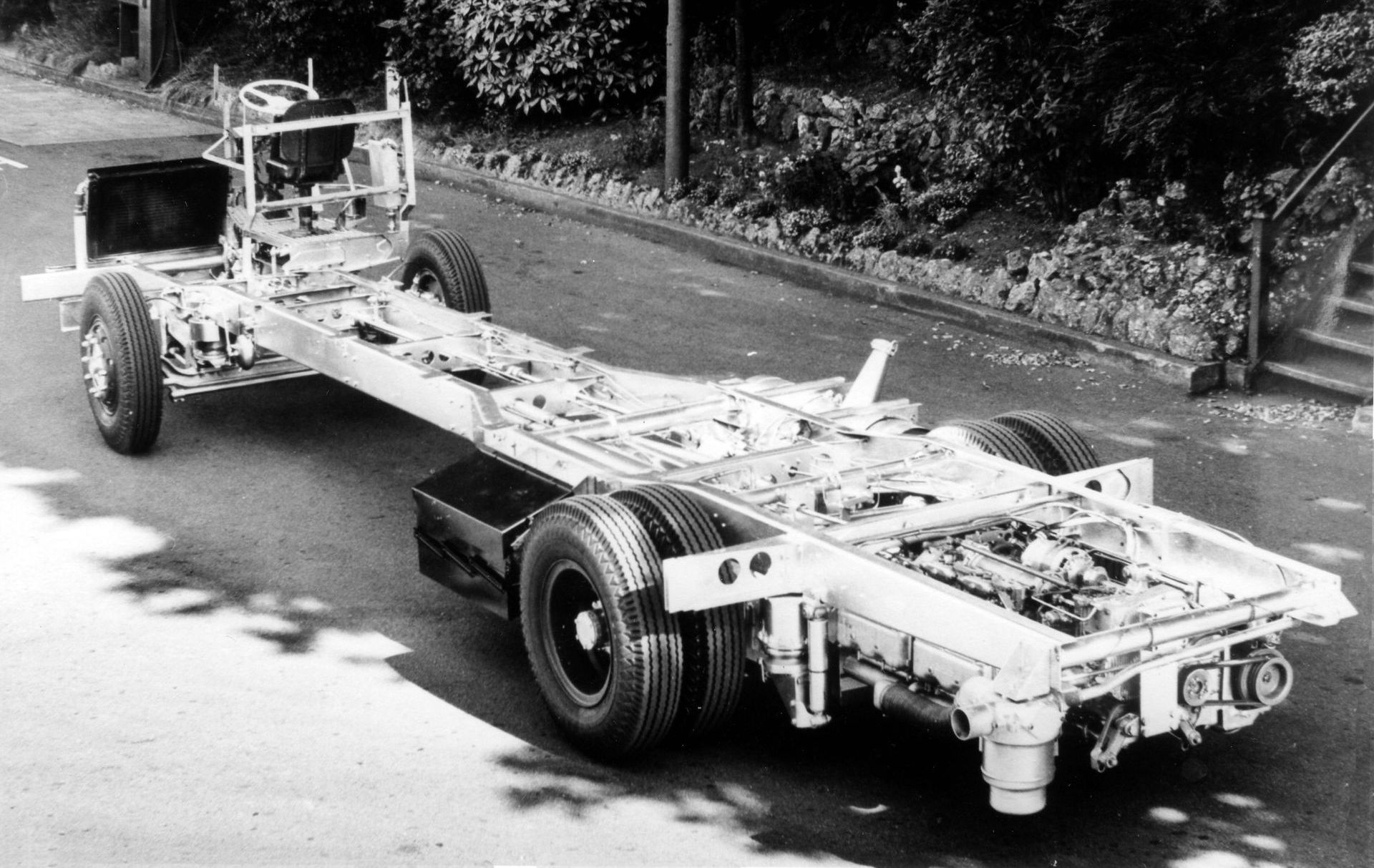Bristol was mainly a bus & coach chassis manufacturer. Over 75-years from 1908 to 1983, they built around 32,000 chassis.
From 1955 to 1964 they built 1,170 lorries for British Road Services & in 1958 two railbus chassis for British Railways. Bristol also built coachwork until 1956 & engines until 1963.
Bristol had two sites in the Brislington area. The foundry & component manufacture factory was just off Bath Road. The assembly line & finishing shop was along Chatsworth Road.
History
1875 George White & partner started Bristol Tramways Company. 1906 they first used motorbuses. 1908 they built their first motorbus.
The Motor Department was based at Brislington tram depot, Bath Road. By 1910 the tram depot was too busy, so a new 4-acre site, (the Motor Constructional Works), was established at the end of Chatsworth Road. This became the site of the Bristol chassis assembly & finishing line.
1914 Bristol supplied its first bus to another operator, a C50 charabanc to Imperial Tramways, Middlesbrough. After World War 1 volume chassis production started. The company established a reputation as a builder of solid, reliable vehicles.
1929 the Great Western Railway bought a controlling interest in the Bristol Tramways, but the bus operations were transferred to Western National in 1931. This brought Bristol Tramways & its manufacturing activities into Tilling Group of bus companies.
Other Tilling companies started buying
Bristol
bus chassis. Most of these were taken to another Tilling concern,
Eastern Coach Works
of Lowestoft, for bodying.
1943 Bristol Motor Constructional Works was created as a subsidiary of Bristol Tramways.
1947 Transport Act saw the nationalisation of the Tilling Group into the British Transport Commission. By law Bristol was restricted to selling chassis to state-owned operators.
1957
Bristol Motor Constructional Works was separated from Bristol Omnibus Company (successor to Bristol Tramways) & re-named
Bristol Commercial Vehicles.
1965 Leyland Motors bought 25% share-holding in Bristol. Thus permitted them to sell chassis to municipal & private operators again.
In 1969 Bristol became jointly owned by the new National Bus Company and Leyland Motors.
By 1975 Leyland owned all of Bristol. Its chassis range was:
- VRT - Vertical Rear Transverse engine double deck bus;
- LH - Light-weight Horizontal engine single deck bus;
- RE - Rear Engine single deck bus (export only).
In 1979 Bristol designed the last chassis they would make - the Leyland Olympian - they built 995 of them.
The Bristol chassis factory closed in October 1983. The final Bristol-built Olympian chassis became Devon General reg. A685 KDV. Olympian chassis production then moved to other Leyland factories in Lancashire.
View a full list of chassis built by Bristol from 1908 to 1983.
Photos: Bristol tram & 4-ton bus from Alan Farrow (flickr); L chassis from Bristol Commercial Vehicles; VRL chassis from Ron McCullock (flickr); VRT chassis from Steve Guess (flickr).
RED & WHITE use Bristol chassis
RED & WHITE started buying Bristol bus & coach chassis after they had been nationalised in 1950. So, we are focusing on Bristol chassis manufactured after then.
Double deck chassis
'LODEKKA'
In 1950 Bristol launched the Lodekka, a brand new double deck bus chassis. It used a drop-centre rear axle to reduce the full height of the vehicle by approx. 1-foot.
Lowering the height of decker's was important, as many operators (including RED & WHITE) had many routes which passed under low railway bridges.
From 1954 to 1964 RED & WHITE bought 72 Bristol Lodekka's. All were rear-platform LD; FL & FS types.
View two
survivors.
Single deck chassis
LS
1950 Bristol launched the integral LS (Light Saloon) their first underfloor-engine bus & coach chassis. It was not a conventional ladder-style chassis, but an underframe which required the additional structure of Eastern Coach Works body to form a complete vehicle.
Engine: Gardner; Gearbox: 4 or 5-speed manual; Suspension: leaf springs. 1,509 Bristol LS's were built up to 1957.
RED & WHITE took delivery of 40 LS buses & 15 LS coaches in 1953/54. There are no known Red & White LS survivors.
New Paragraph
SC
1954 Bristol launched the SC (Small Capacity) front-engine light-weight bus chassis. This was a conventional ladder chassis. The SC was designed for rural routes.
Engine: Gardner; Gearbox: 4-speed manual; Suspension: leaf springs. 323 Bristol SC's were built up to 1962.
RED & WHITE bought 4 new SC bus chassis in 1957 & 3 second-hand vehicles (from United Counties) in 1962.
View a survivor.
New Paragraph
MW
1957 Bristol launched the MW (Medium Weight) mid-engine bus & coach chassis. This was a conventional ladder chassis.
Engine: Gardner; Gearbox: 4 or 5-speed manual; Suspension: leaf springs. 1,965 Bristol MW's were built up to 1967.
RED & WHITE bought 151 MW bus chassis between 1957 & 1967. They also bought 51 MW's as coach chassis.
View the three survivors.
New Paragraph
RE
1962 Bristol launched the RE (Rear Engine) bus & coach chassis. This was Bristol's first rear engine chassis and was a conventional ladder chassis.
Engine: Gardner; Gearbox: 5-speed manual; Suspension: air.
The RE used the same drop-centre rear axle as the Lodekka.
4,629 Bristol RE's were built up to 1983.
RED & WHITE bought 78 RE bus chassis between 1965 & 1971. They also bought 67 RELH coach chassis between 1966 & 1974. View the three survivors.
View information & photos of our 1968 BRISTOL RELH coach.
Other 'Bristol' Companies
In 1910 Sir Charles White (founder of Bristol Tramways), set up an aeroplane manufacturer.
For 56-years Bristol aircraft were some of the finest planes designed & built in Britain. Read more >
From 1946 Bristol Aeroplane Company also made Bristol luxury cars, using BMW engines & gearboxes. Read more >
